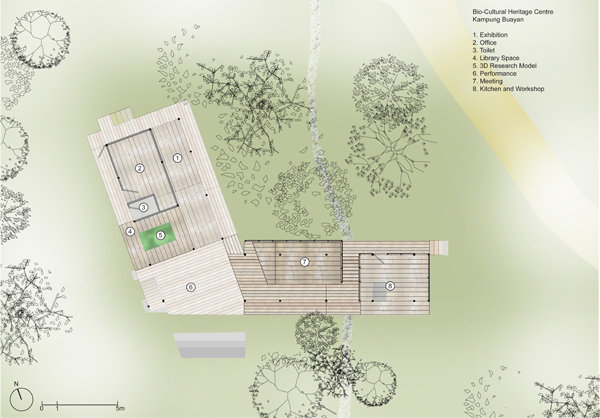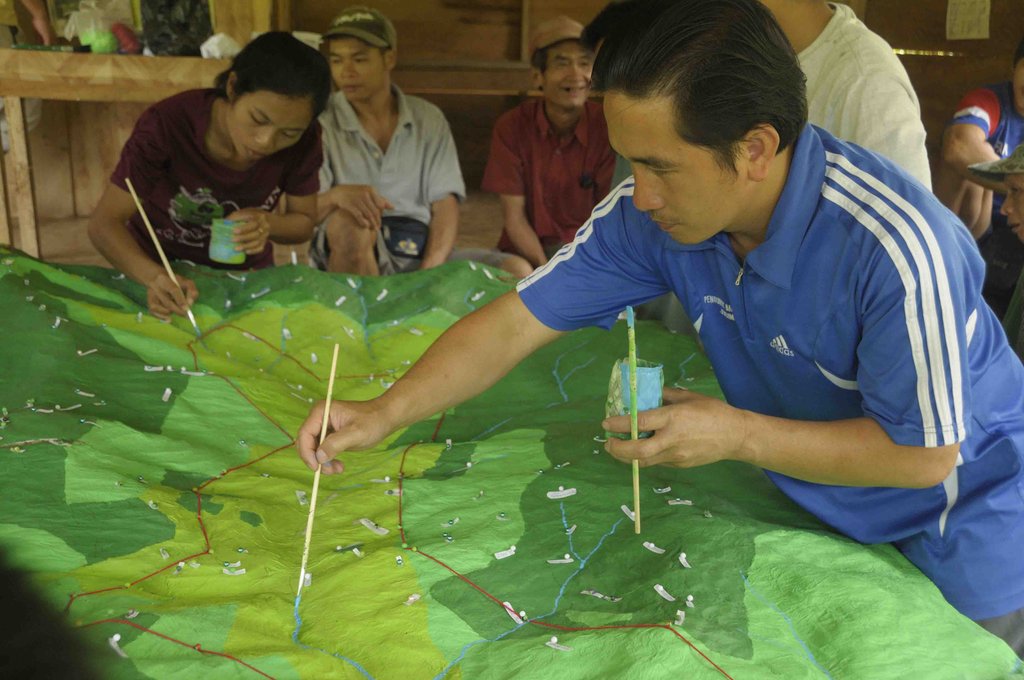By Marina Aman Sham | Communications Director, GDF
Over the past few months, emotions have been running high among the Ulu Papar community as news of plans to build the Kaiduan Dam once again reared its ugly head. For those new to the scene, the proposed project, as outlined in earlier terms, severely threatens several of the Ulu Papar villages by essentially putting them under water. Should the plans proceed, the community would be forced to move. In 2009, the people of Ulu Papar united in a fierce fight to voice their opposition to the project, stating that no amount of compensation would make up for the loss of their homes and ancestral lands should their villages end up submerged.
Their fighting spirit clearly has not faded. The community, once again, is proving that they are up for the challenge to protect their homeland. Through the Task Force Against Kaiduan Dam, their protests are widely witnessed, both through physical presence (community members blocking access to their villages after hearing of plans by project consultants to survey the area) and online (actively creating awareness through the Save Ulu Papar Facebook page).
It is with this at the top of our mind that we hope the Bio-cultural Heritage Centre in Buayan, a communally owned and managed resource centre, will serve its original plans, as a:
What does this mean, exactly?
Putting it simply, this means the Ulu Papar community can use the Centre to promote the biocultural significance of Ulu Papar. Research results obtained through collaborative initiatives between the community and both government and non-government agencies clearly define the inextricable links the Ulu Papar community have with their environment. Links that define their culture and traditions; links that should never be broken.
Progress, to date.
The construction of the community centre has progressed well over the past month, heightened by the arrival of a group of energetic young Malaysian volunteers earlier this month (read Tom’s latest blog on Buayan Work Week). Work on site continues.
As part of the outreach microprojects developed earlier, community researchers are currently converting historical stories told by Ulu Papar’s elders into exhibition materials that will feature prominently at the Centre.
Descriptions of Photos
The design of the Centre: Exhibition, performance and meeting spaces are available to carry out outreach programmes.
The 3D model of Ulu Papar: Created through community participatory research techniques, the 3D model of Ulu Papar shows the location of sacred and other important sites in Ulu Papar.
The Gayatas Stone in Kalangaan Village is derived from a legendary female warrior during long ago wars. The stone is protected by the Ulu Papar people due to its cultural and historical significance.
Links:
Project reports on GlobalGiving are posted directly to globalgiving.org by Project Leaders as they are completed, generally every 3-4 months. To protect the integrity of these documents, GlobalGiving does not alter them; therefore you may find some language or formatting issues.
If you donate to this project or have donated to this project, you can receive an email when this project posts a report. You can also subscribe for reports without donating.


